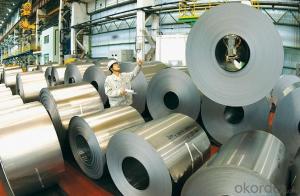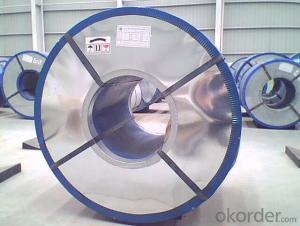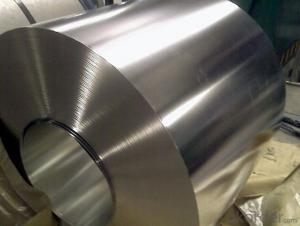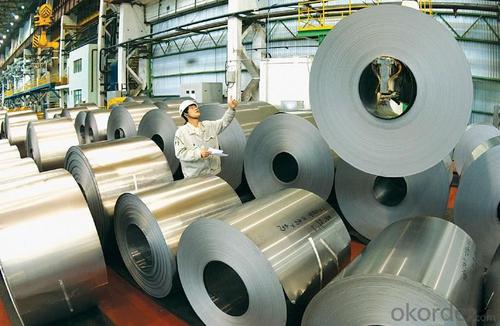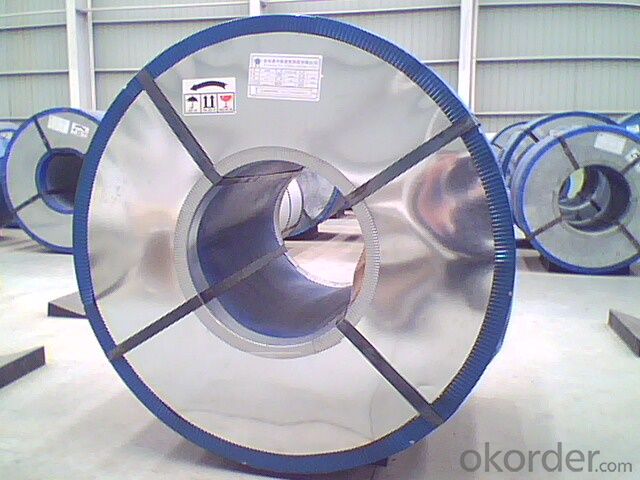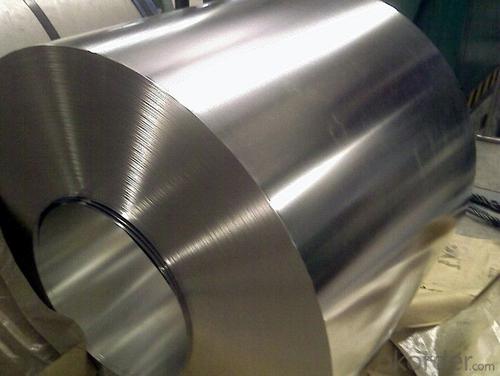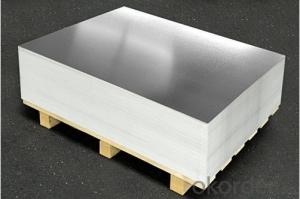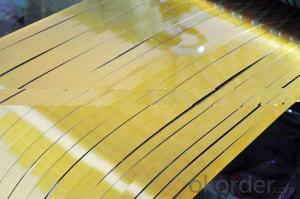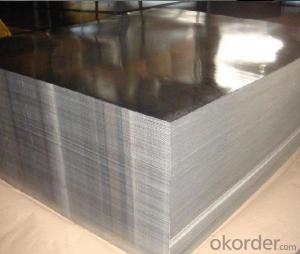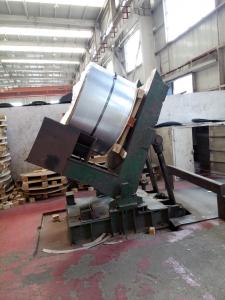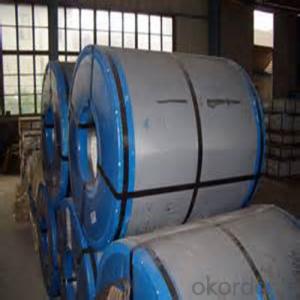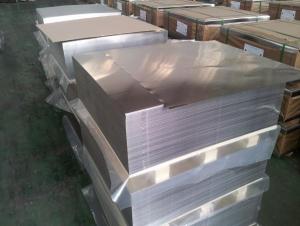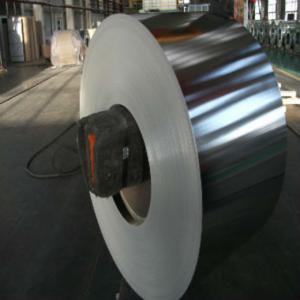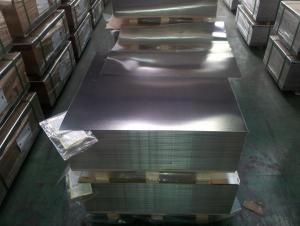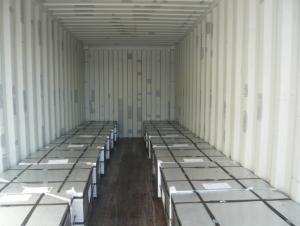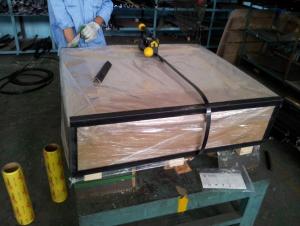Electrolytic Tinplate in Coils for Cans Packing in good quality
- Loading Port:
- Tianjin
- Payment Terms:
- TT OR LC
- Min Order Qty:
- 25 m.t
- Supply Capability:
- 7000 m.t/month
OKorder Service Pledge
OKorder Financial Service
You Might Also Like
1.Structure of Electrolytic Tin Plate Coils and Sheets for Foods Metal Packaging Description
Due to Tinplate packaging`s good seal, nature, dark, robustness and unique decorative metal charm, it has a wide range of coverage in the packaging container industry,and common international packaging varieties. With a variety of CC tinplate material, DR materials, chrome plated and constantly enrich and promotion and development of packaging products and technology, tinplate packaging has promoted with innovation.
Because of its strong antioxidant and diverse styles, beautifully printed, tinplate containers are very popular and loved by customers, and they are widely used in food packaging, pharmaceutical packaging, commodity packaging, instrumentation, packaging, industrial packaging and so on.
With the continuous improvement of tinplate printing technology and processing technology, tinplate packaging has developed more widely.
2.Main Features of the Electrolytic Tin Plate Coils and Sheets for Foods Metal Packaging
Appearance – Electrolytic Tin Plate is characterized by its beautiful metallic luster. Products with various kinds of surface roughness are produced by selecting the surface finish of the substrate steel sheet.
Paintability and printability – Electrolytic Tin Plates have excellent paintability and printability. Printing is beautifully finished using various lacquers and inks.
Formability and strength – Electrolytic Tin Plates have got very good formability and strength. By selecting a proper temper grade, appropriate formability is obtained for different applications as well as the required strength after forming.
Corrosion resistance – Tinplate has got good corrosion resistance. By selecting a proper coating weight, appropriate corrosion resistance is obtained against container contents. Coated items should meet 24 hour 5 % salt spray requirement.
Solderability and weldability – Electrolytic Tin Plates can be joined both by soldering or welding. These properties of tinplate are used for making various types of cans.
Hygienic – Tin coating provides good and non toxic barrier properties to protect food products from impurities, bacteria, moisture, light and odours.
Safe – Tinplate being low weight and high strength makes food cans easy to ship and transport.
Eco friendly – Tinplate offers 100 % recyclability.
Tin is not good for low temperature applications since it changes structure and loses adhesion when exposed to temperatures below – 40 deg C.
3.Electrolytic Tin Plate Coils and Sheets for Foods Metal Packaging Images
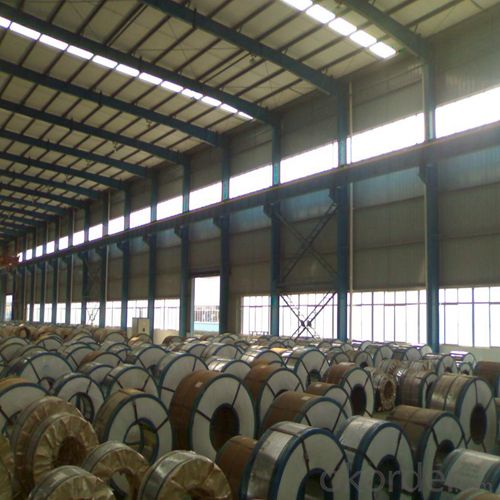

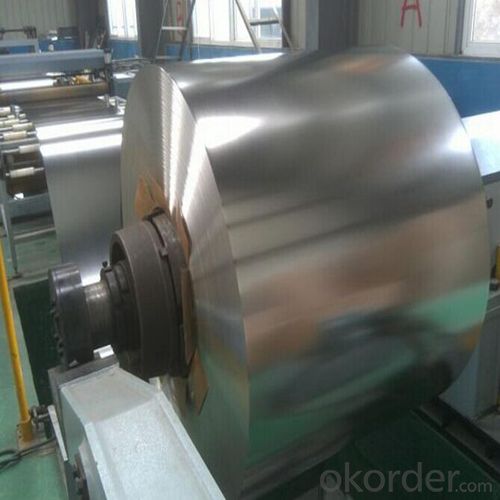
4.Electrolytic Tin Plate Coils and Sheets for Foods Metal Packaging Specification
Standard | ISO 11949 -1995, GB/T2520-2000,JIS G3303,ASTM A623, BS EN 10202
|
Material | MR,SPCC |
Thickness | 0.15mm - 0.50mm |
Width | 600mm -1150mm |
Temper | T1-T5 |
Annealing | BA & CA |
Coil Inner Diameter | 508mm |
Weight | 6-10 tons/coil 1~1.7 tons/sheets bundle |
Passivation | 311 |
Oil | DOS |
Surface | Finish,bright,stone,matte,silver |
5.FAQ of Electrolytic Tin Plate Coils and Sheets for Foods Metal Packaging
-What your tinplate material is used for ?
Tinplate is widely used for the packaging of products. Such as food cans,
beverage cans, pet cans, closures, general line cans and so on.
Printed Tinplate is offered!!
-How to place .an order or contact you ?
Please send us Email. we will give you a quick response in seconds .
- How is your quality ?
All our quality is prime even the secondary quality . We have many years experience
In this field with serious quality control standard . Advanced equipment, We welcome your visit to our factory .
- Q: How does tinplate affect the overall product freshness?
- Tinplate, due to its excellent barrier properties, helps to preserve the freshness and quality of products. It prevents oxygen and moisture from entering the packaging, thereby reducing the risk of spoilage, deterioration, or contamination. This ensures that the product remains fresh and maintains its desired characteristics for an extended period.
- Q: What are the challenges in manufacturing tinplate?
- Some of the challenges in manufacturing tinplate include ensuring consistent coating thickness, preventing surface defects such as scratches or dents, controlling the tinplate's flatness and shape, and managing the overall production costs. Additionally, maintaining a clean and stable production environment, optimizing the manufacturing process to meet customer demands, and adhering to quality standards are also significant challenges in tinplate manufacturing.
- Q: How is tinplate coated for electrical enclosures?
- Tinplate is coated for electrical enclosures through a process called electroplating, where a layer of tin is applied onto a steel sheet. This is achieved by immersing the steel sheet into an electrolyte solution along with a tin anode, and passing an electric current through the solution. The electric current causes the tin ions in the solution to be attracted to the steel sheet, resulting in a thin and uniform tin coating on its surface. This tin coating provides electrical conductivity and corrosion resistance, making the tinplate suitable for use in electrical enclosures.
- Q: What are the main innovations in tinplate manufacturing?
- Some of the main innovations in tinplate manufacturing include the introduction of continuous annealing processes, advancements in tin coating technology, improved quality control systems, and the use of automated production lines. These innovations have led to increased efficiency, higher quality tinplate products, and reduced environmental impact in the manufacturing process.
- Q: Who knows the process of tinplate production?
- The basic production process of tinplate: pickling cold rolling cut I skim -- > I I I I I of Kaiping tin flat temperingTropical pickling: hot rolled coils must be pickled before cold rolling to produce cold rolling
- Q: Can tinplate be used for electrical components?
- Yes, tinplate can be used for electrical components. Tinplate is a type of steel coated with a thin layer of tin, which provides good electrical conductivity and corrosion resistance. It is commonly used for manufacturing electrical components such as connectors, terminals, and shielding materials.
- Q: Can tinplate packaging be used for kitchen utensils?
- Yes, tinplate packaging can be used for kitchen utensils. Tinplate is a durable and food-safe material that can be easily shaped into various utensils like cans, containers, or other kitchen tools. It provides a protective barrier against rust and corrosion, making it suitable for kitchen use.
- Q: What are the main factors affecting tinplate coil loading and unloading?
- The main factors affecting tinplate coil loading and unloading include the size and weight of the coils, the type and condition of the loading and unloading equipment, the skill and experience of the operators, and the safety precautions in place. Additionally, factors such as the layout of the loading and unloading area, weather conditions, and any specific requirements or regulations for handling tinplate coils may also impact the process.
- Q: How is tinplate price determined?
- The price of tinplate is determined by several factors including the cost of raw materials, production and manufacturing expenses, market demand and supply dynamics, industry competition, and global economic conditions. Additionally, factors such as quality, thickness, coatings, and specifications of the tinplate also influence the pricing.
- Q: How does tinplate compare to other packaging materials in terms of shelf appeal?
- Tinplate stands out among other packaging materials in terms of shelf appeal due to its unique metallic appearance, which adds a sense of premium quality and attractiveness to the product. Its high gloss finish and ability to be printed with vibrant colors and intricate designs make it visually appealing, catching the attention of consumers and stimulating their interest. Additionally, tinplate offers excellent durability and protection, ensuring that the product remains in pristine condition on the shelf, further enhancing its shelf appeal.
Send your message to us
Electrolytic Tinplate in Coils for Cans Packing in good quality
- Loading Port:
- Tianjin
- Payment Terms:
- TT OR LC
- Min Order Qty:
- 25 m.t
- Supply Capability:
- 7000 m.t/month
OKorder Service Pledge
OKorder Financial Service
Similar products
Hot products
Hot Searches
Related keywords
